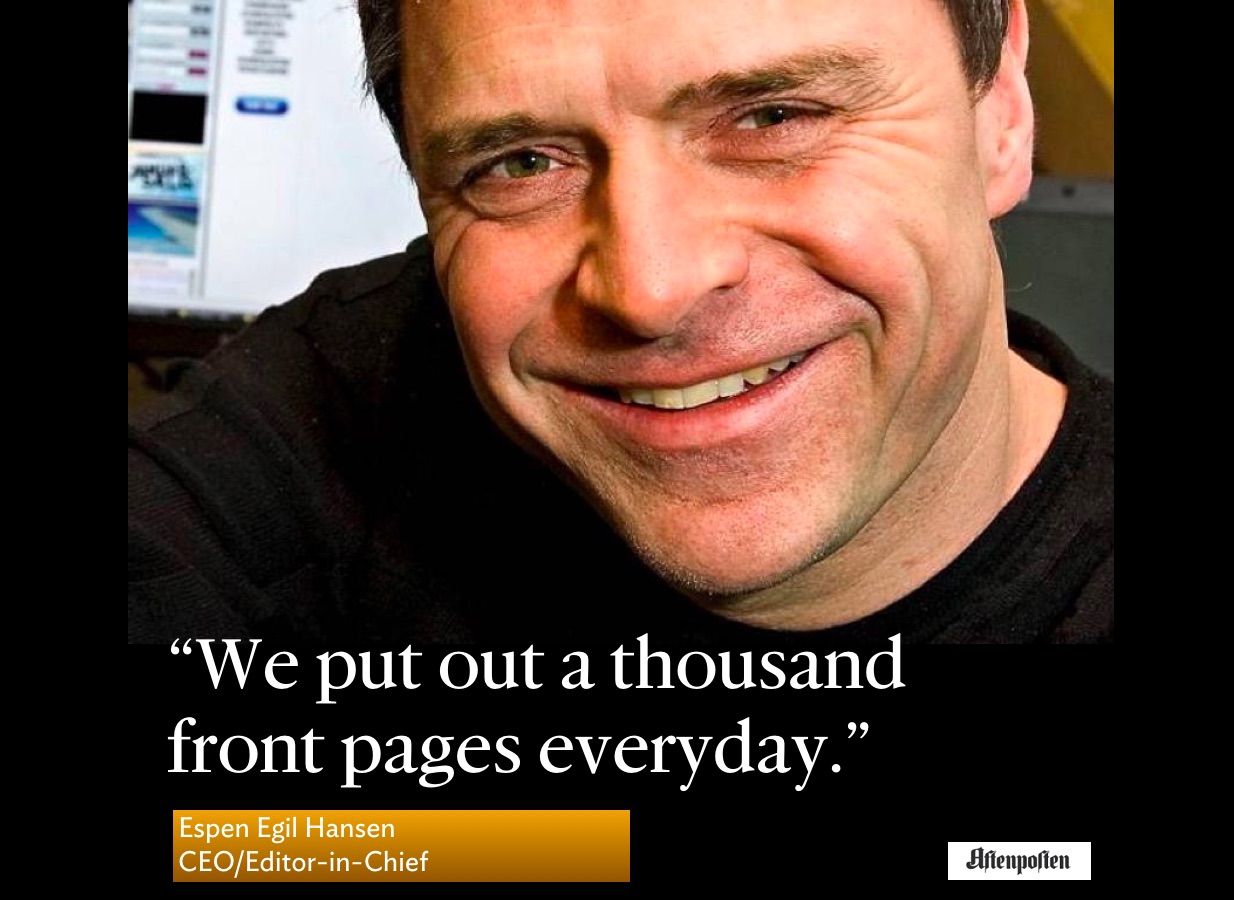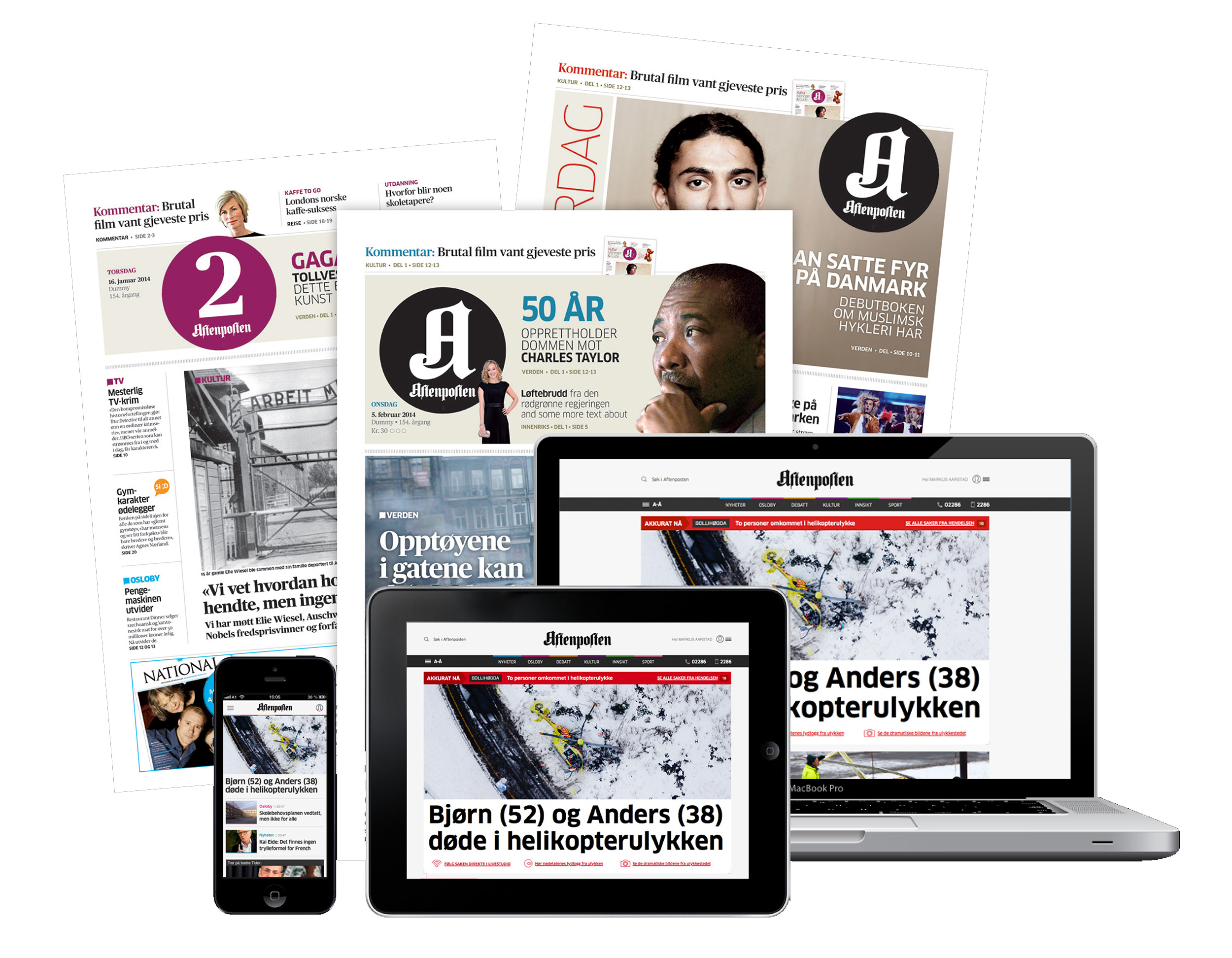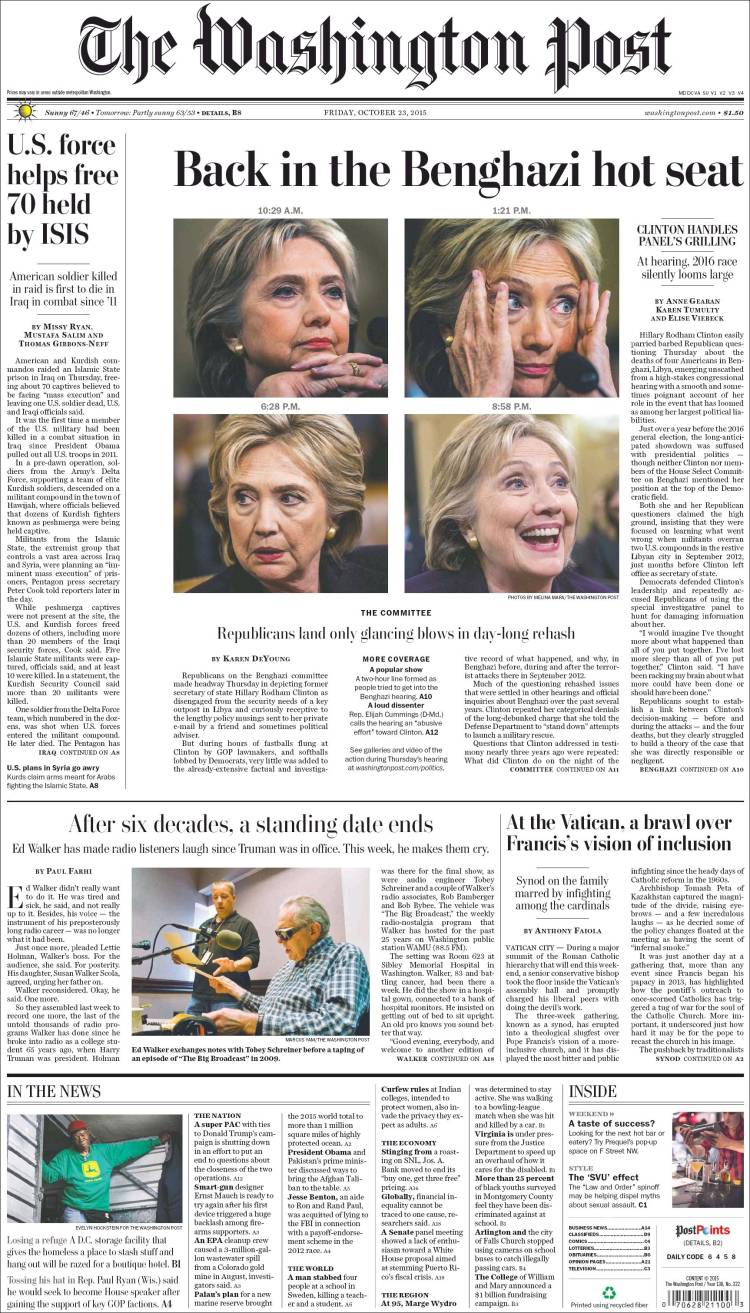This is the weekend edition of TheMarioBlog and will be updated as needed. The next blog post is Monday, October 26
Update #3, Friday, Oct. 23, 13h EST


Espen Egil Hansen turned 50 this week. He is old enough to remember life without the benefits of the Internet and the golden era of print, but young enough to have spent a large part of his journalistic career working almost exclusively with digital.
Watch him move around the newsroom of Aftenposten and you see an editor who trusts his talented team, but who is as involved with the look and feel of a new product as he is with how to make every storytelling count. Not just for some stories, but for all stories.
Not just that, Espen also wants his team to embrace new forms of storytelling, which is part of what makes my role working closely with Espen and with the team of Aftenposten so special: high levels of excitement and experimentation at every turn. Our workshops here are among the most creative and inspiring I have ever conducted.
In one of those intensive workshops this week, Espen suddenly mentioned, in passing, that “we produce a thousand front pages everyday.”
While he was making a point to express his take on one of his most passionate pleas, that of insisting on quality now, emphasizing constant updates, I made him stop and elaborate, since this is at the heart of the issue of frequency which readers of TheMarioBlog know I am passionate about.
“What do you mean a thousand front pages?,” I asked.
“It means exactly that,” Espen said.
“A story develops, and a few minutes later it is updated, but so are another group of stories, and within a half hour all of those stories may have moved down on the hierarchy, and a new set of stories has moved in. It is as if another front page emerges, then another one. In the newsrooms where updating is treated right, a new front page as such is born every few minutes, as it should.”
“The challenge now is to cluster the content to allow for personalization. The point is that in the newspaper world, and in the early days of Internet, everyone got the same. Not good enough anymore.”
I often mention that mobile users return to their newspaper brand several times a day. Ideally, their newspaper editors have updated the material, included new photos, refreshed the stories, added new ones. When this does not happen, the user feels cheated. We want constant updates.
The project in which we are currently involved at Aftenposten is just about that, not just the frequency of updates, but also how stories are told at certain times of the day.
“It is not just how a story breaks, but how it is developed minute by minute, how the journalists craft that story at every turn,” Espen tells the workshop participants.
“That story needs to have a common visual language and I want that language to extend across platforms, including print,” he says.
“A challenge we have is that some of our readers come back all the time, but most of the readers come back less frequently and today we treat both groups of readers the same. They get the same product. Again, that is not good enough anymore. We have to recognize you, know something about you and tell you: this is what you missed out, but for those coming often, we have something new for you.”
Espen adds:
“Today we are putting out a thousand front pages, but if we are to really meet the needs of each specific reader, we will have to produce millions of front pages everyday. That's the challenge.”
Now you know how the Aftenposten project is so fascinating and groundbreaking.
Espen Egil Hansen is definitely a most digitally minded editor, but he ,nonetheless , treats print with more than just reverence and respect. He wants to give the printed edition of Aftenposten its proper place in the world of the media quintet.
For the man of the 1000 front pages in a day, that one printed front page still carries a lot of importance. We are working hard to make it special, too.
Stay tuned.
News strategies we like



While Republican lawmakers spent more than eight hours aggressively questioning former Secretary of State and 2016 presidential candidate Hillary Rodham Clinton on Thursday about her role in the handling of the Benghazi, Libya, terrorist attack that killed four Americans, The New York Times offered its online readers a 3-minute video with highlights.
Meanwhile, at CNN, the strategy was “11 Benghazi takeaways: One for each hour”, with short summaries of highlights from Republicans' questioning of Clinton.
The Washington Post's front page offered four Hillary headshots, displaying various emotions, and with the time frame on them. Good stuff.
Way to go!
Getting the most out of Multi Platforms
At Columbia University: Journalism + Silicon Valley Nov. 12
I am honored to be part of a panel during this upcoming day-long seminar Nov. 12 at Columbia University.
It is free to attend and here are additional details
About the program:
Journalism is increasingly dependent on + influenced by the companies that dominate the social web. Social networks + search companies like Facebook, Twitter & Google are no longer “just platforms” or conduits and are now actively shaping how journalism is practiced + funded.
The new paradigm that puts together the culture, technologies + business models of Silicon Valley with the practice of independent journalism is creating opportunities + challenges for both fields.
The Tow Center is committed to researching + explaining this critical new landscape with the aim of identifying and teaching best practices to a new generation of journalists + fostering wider understanding of how the public is influenced in the 21st Century.
For an up-to-date schedule and speaker roster for the day, visit: http://bit.ly/TOWCONF
Topics will include:
The relationship between news organizations and social networks
The rights and responsibilities of platforms and publishers
Improving quality and depth in the technology journalism beat
How newsrooms have adapted to storytelling through platforms to reach new audiences
The benefits and drawbacks of news organizations tackling their own platforms and distribution mechanisms
Lessons for news organizations as they diversify their revenue streams
A reception will follow at the Brown Institute for Media Innovation
This conference is supported by the John S. and James L. Knight Foundation.
Essentials:
NOVEMBER 12 @ 10:00 AM – 5:30 PM
LOCATION: COLUMBIA JOURNALISM SCHOOL + GOOGLE MAP
PHONE:
2128541951
Journalism + Silicon Valley
Columbia Journalism School
Pulitzer Hall
Eventbrite: https://www.eventbrite.com/e/journalism-silicon-valley-tickets-18699009240
Website: http://towcenter.org/event/journalism-silicon-valley/
Hashtag: #TowJSV
Tow Twitter Handle: @TowCenter